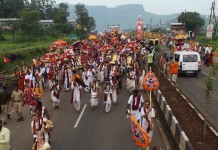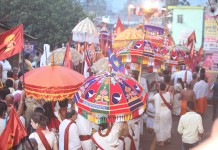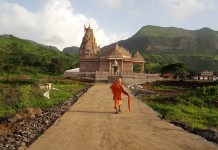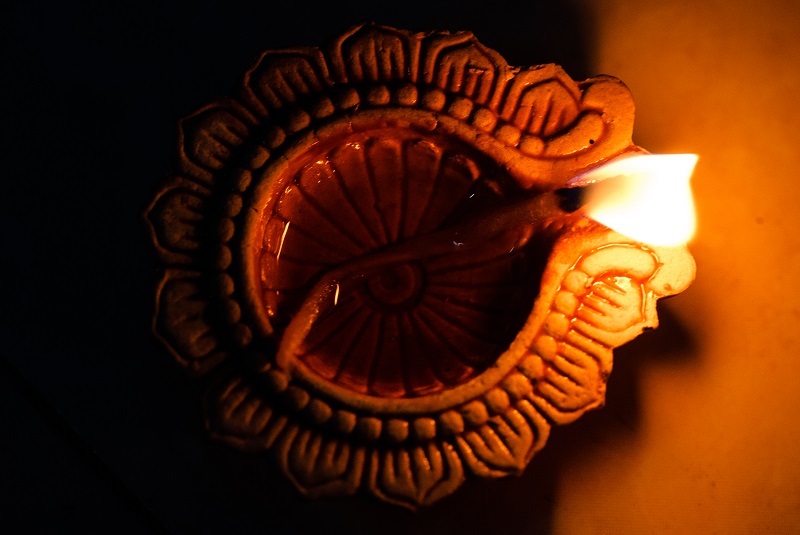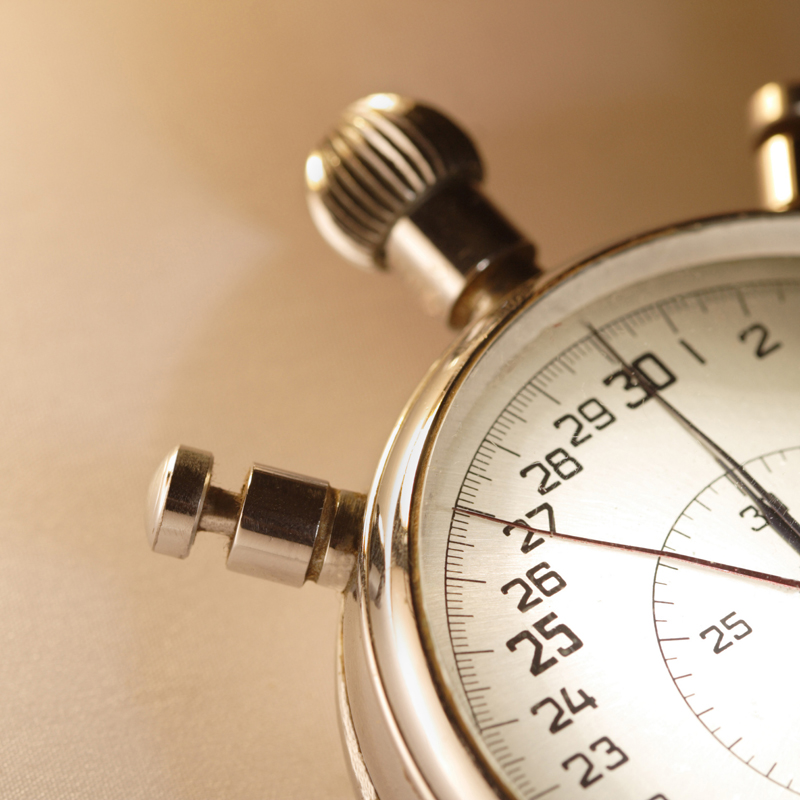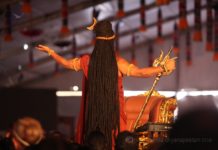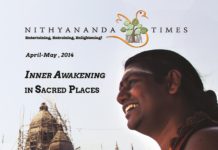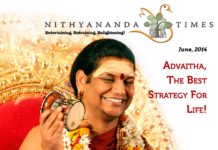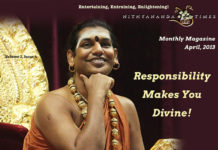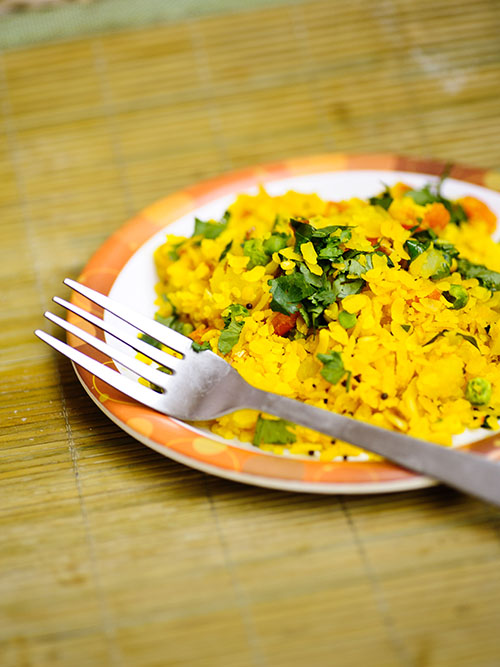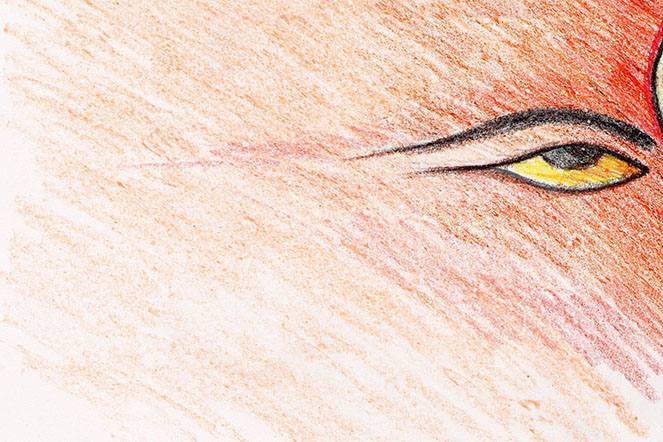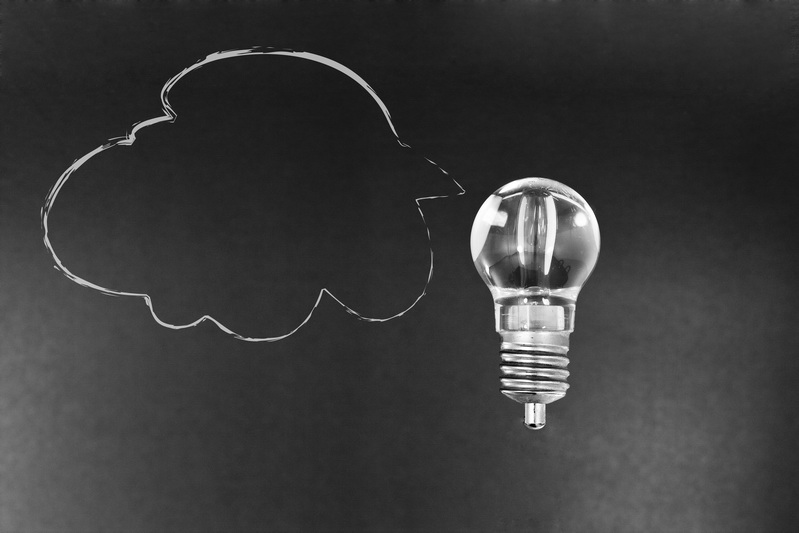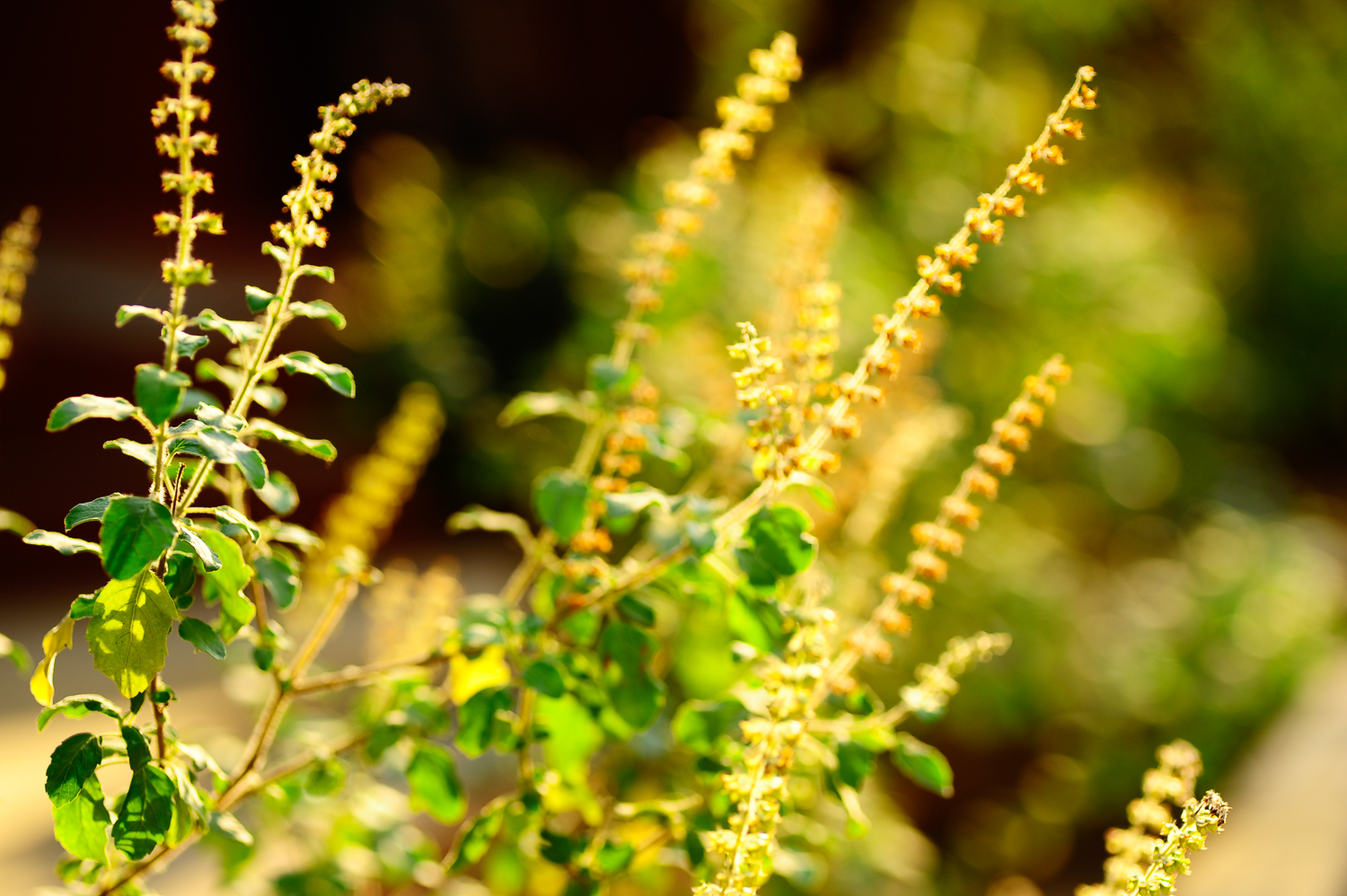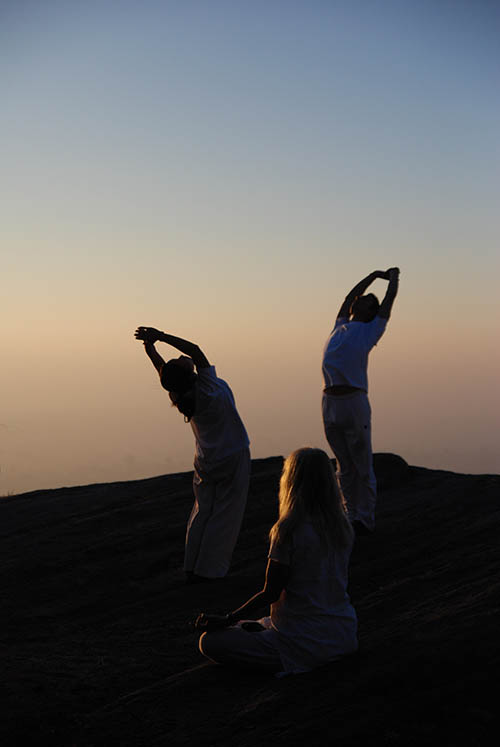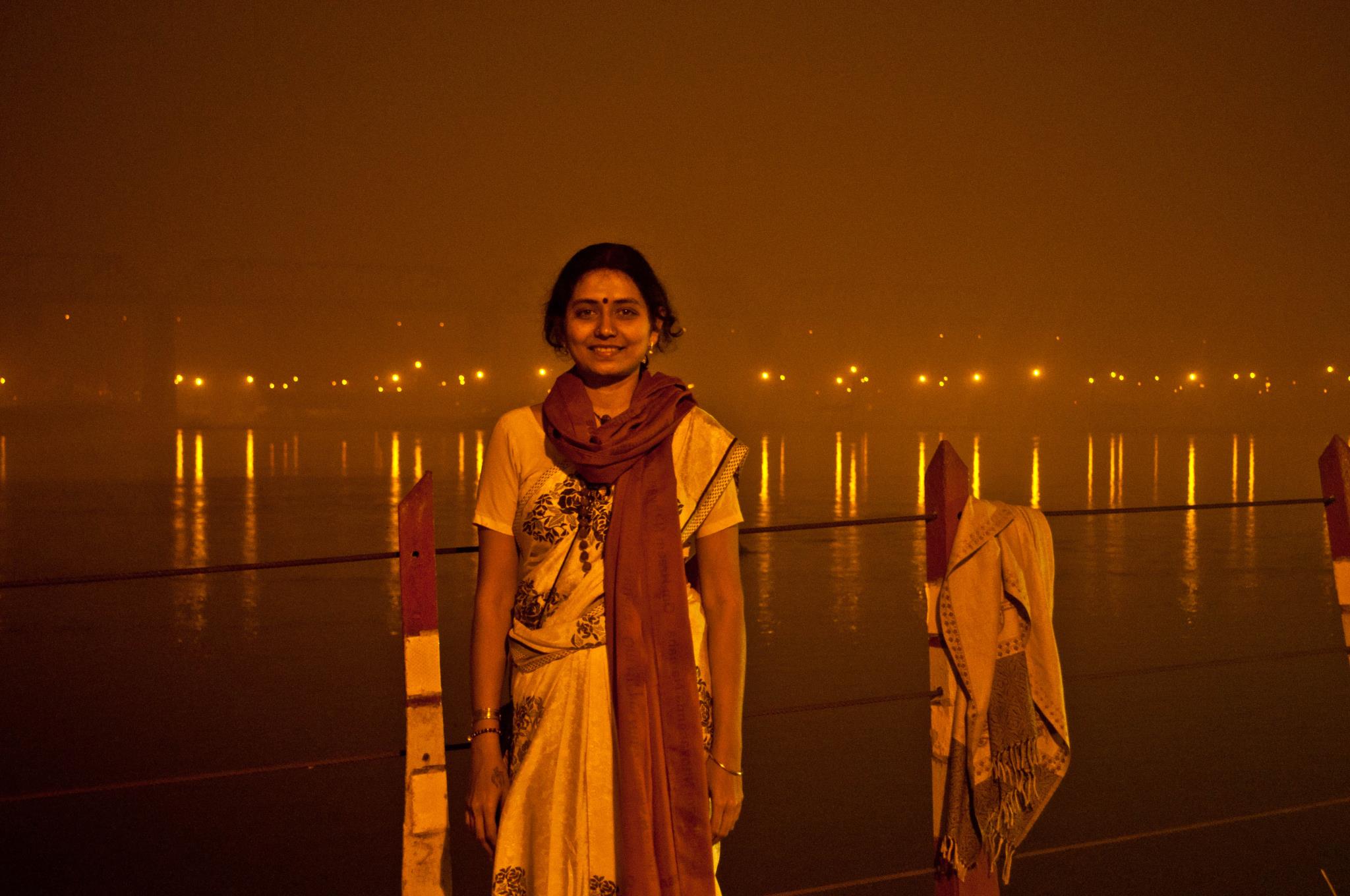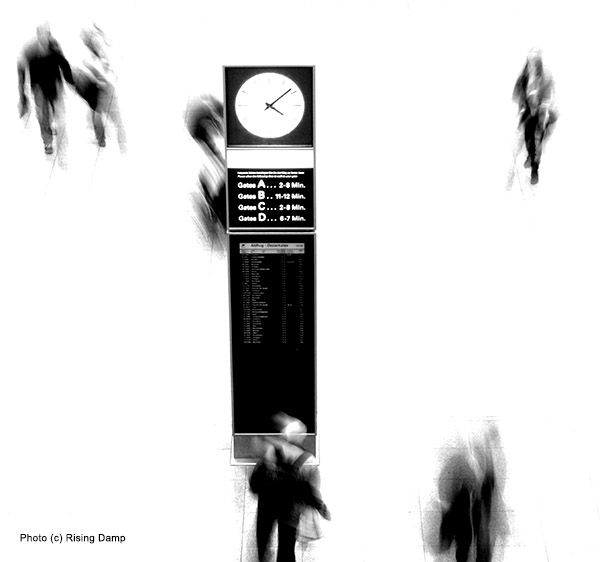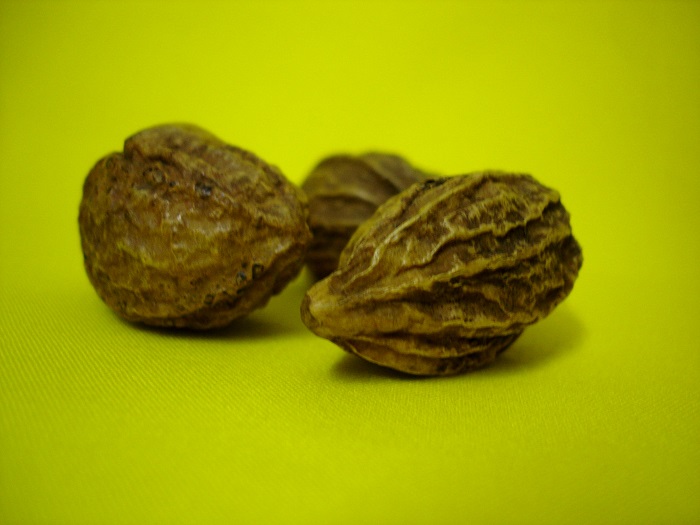Honesty is not Authenticity!
Honesty is only one ingredient for authenticity. It is not authenticity by itself. Honesty is only the first step, initial step. Honesty is a socially good quality. Authenticity is a spiritual quality. It is not a socially good quality. Authenticity means – living the spiritual truths authentically. I will give you the difference between honesty and authenticity. For example, If you are angry with somebody, you will express directly to that person, “I am angry with you.” It is honesty. But that is not authenticity. Authenticity means, really two beings understand each other, where even the anger will not happen.
See, in a husband lying to his wife, neither there is honesty nor authenticity. Husband telling the truth to his wife that he is a womanizer is honesty, but not authenticity. Husband living just as husband is authenticity. So each person’s role, if he or she is completely living, it is authentic. When he is failing and revealing the failure to the other person it is honesty. Revealing the failure is not living successfully, understand. It is honest, no doubt, but not authentic.
Honesty will always be demanding; I am honest, you be honest. Authenticity will be always flowing. I am flowing, I don’t bother about you. Authenticity fills you and others. Honesty burns others and you. Many times honesty is a poor substitute for authenticity and the very idea of honesty is built on your ego. But authenticity is built on the cosmic understanding. Authenticity is, living the truths from yourself. Honesty is, living the versions of the truths given to you by society. What do most of the honest people say? Whatever society taught you as a truth you try to live that. It is just based on the facts and the figures, which is not the truth of the life!
Cosmic Account Balance
Are you paying back to the Universe? Are you keeping the balance sheet with the universe proper? You may be keeping your balance sheet proper with the country, nation, are you keeping your balance sheet proper with the cosmos, with the universe? What is the meaning of the word: keeping the balance sheet in tune with the cosmos? Means: just remembering continuously you are not qualified for anything: everything is showered on you is what I mean with keeping your balance sheet straight with the cosmos. You don’t need to pay anything back; cosmos does not ask you anything back. Only thing: the attitude everything is a gift to you is keeping the balance sheet authentic with the cosmos. You do not know; gratitude is such a powerful ingredient. The moment you add that, honesty become authenticity.
Move from Honesty to Authenticity!
Whether it is in the individual’s life or the countries’ history or the whole cosmos: honesty is not authenticity. I always tell people: if you are honest you will have your feet at my place, you will have a place at my feet. But when you are authentic you will have a place in my heart, your heart will have place in me. Understand; there is a big difference between honesty and authenticity. The very foundation on which you built your honesty, the very foundation in which I am living is totally different. Please understand: you need to move from honesty to authenticity. But the problem is these so called honest fellows will be so arrogant! They will think that is the ultimate. It is very rare that people evolve from honesty to authenticity. Blessed are those who evolve from honesty to authenticity. Authenticity means: living it – living the truth. Non-compromising, non-suffering, and non-bending. Courage. And non-violent.
Authenticity IS Listening
When you don’t listen there is no verbal communication possible, there is no authenticity; there is no mystical communion possible. When there is no listening, communication is not possible, when there is no authenticity, communion is not possible. All initiations are communion between my inner space and your inner space. When communion happens I also feel fulfilled. When your kundalini is awakened, I am fulfilled because in cosmic space all initiations work on you only when there is authenticity. People ask me why sometimes some healing by you works miracles, some healing doesn’t become miracles.
The whole thing boils down to authenticity. Understand, I pronounce these words with Mahaakaala’s authenticity, the heart I carry, the will which makes decisions in me, and the energy, power, Shakti, which is functioning in me cannot escape from authenticity. When it sees authenticity, it cannot say no. When I see authenticity, I cannot say no to what you are asking, whatever you ask. The best way to overpower me is authenticity.
The Right Way to Unclutch
Do an acid wash of all your actions with authenticity. Wash your whole life with the acid of authenticity. I tell u, it will not even be acid, it will be sandalwood paste. I wanted all the decision makers in our sangha also to wash the whole organization with this authenticity. Let everything be practiced, preached, enforced, interested with authenticity. I tell you, with authenticity when you stretch the body in the morning, your whole body will become a yogic body. When you sit for the guru pooja with authenticity, your whole being will melt down. When you sit with integrity and authenticity only then unclutching is possible. Otherwise, you will be misusing the unclutching in wrong places. To hide yourself in your own inauthenticity, you will be using unclutching.
Three Levels of Integration
One of the important suffering human beings have in their life is the problem of not having integrity. I’ll explain the integrity in different levels to you. First is the intellect – the logic, analyzing. Second is emotion, a feeling of connection, the juicy part of your life. The third is the being, your very idea about you, which is constant, which runs like a thread during your waking, dream and deep sleep state. During all these three states, it runs like a common thread. That is why when you get back to waking state you are remembering the same personality. You remember about yourself as the same continuity. This is what I call the “being”. Understand, in all these three there is a lot of disturbance. You will understand the intellectual disturbance. The moment you start planning for one thing, within a few seconds some other plan will be going on in the other part of the brain. That is why I always tell people, it is a disintegrated brain. Right brain and left brain. Nothing is right in the left, nothing is left in the right. Dis-integrated brain. It goes on and on and on in different directions.
Integrity – Path to Your Life’s Purpose
When you bring integrity into your thinking all these patterns get destroyed just by the existence of integrity. Because every time you think, every statement you complete, you will see if it is in alignment with your existence, your life’s purpose. When the integrity in the words starts, you will create workability in the outer world. When the integrity in your thinking starts, you will create creativity itself in the inner world. When you are aligning your every thought with the purpose of your existence, integrating your every thought with the purpose of your existence, you are creating, it is creativity. Creativity is not just painting something or sculpting something or designing something; creativity means creating life as you want. When you align your thoughts, just visualize and see if you are applying integrity.
Integrity and Authenticity = Living Enlightenment
When you integrate your intellect it becomes knowledge. It leads you to life solutions, you will understand about the cosmos. When you integrate your emotions, it leads to devotion; you will feel connected to the cosmos. When you integrate your being it leads to Dhyana (meditation) – you will realize the cosmos. Understanding, emotional feeling connection, realization. All these three happen just by integration. Integrity is the ultimate yoga. It solves all the problems of life. I can say, it dissolves all the problems of life. So have integrity and achieve enlightenment.
Possibility, not Past
Every thought, every idea you consciously acknowledge is a promise given to you by you, so you have to fulfill it. So you will be aware before giving any promise to yourself. You will see, it is a commitment; will I be able to fulfill it or not? Am I going to believe only my past records or am I going to believe my possibility? My past records make me feel I am a failure. The fight between past records and possibility is the fight between creativity and laziness. One fortunate thing is that I don’t look at the past records. Do not believe in past records. Believe only in possibility.
Taken from the collected talks of Nithyananda on the subject of “Authenticity”

